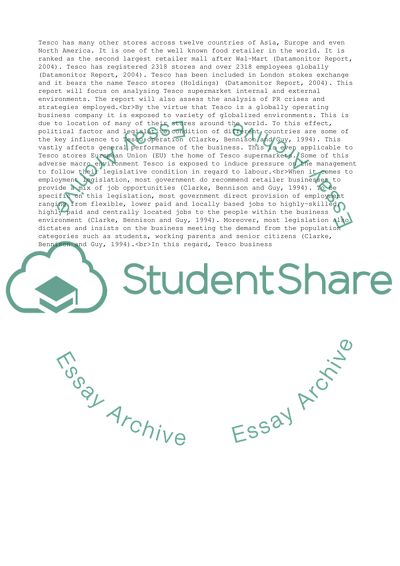Cite this document
(Strategic Perspective Outline Example | Topics and Well Written Essays - 4000 words, n.d.)
Strategic Perspective Outline Example | Topics and Well Written Essays - 4000 words. https://studentshare.org/management/1819311-strategic-perspective
Strategic Perspective Outline Example | Topics and Well Written Essays - 4000 words. https://studentshare.org/management/1819311-strategic-perspective
(Strategic Perspective Outline Example | Topics and Well Written Essays - 4000 Words)
Strategic Perspective Outline Example | Topics and Well Written Essays - 4000 Words. https://studentshare.org/management/1819311-strategic-perspective.
Strategic Perspective Outline Example | Topics and Well Written Essays - 4000 Words. https://studentshare.org/management/1819311-strategic-perspective.
“Strategic Perspective Outline Example | Topics and Well Written Essays - 4000 Words”. https://studentshare.org/management/1819311-strategic-perspective.


